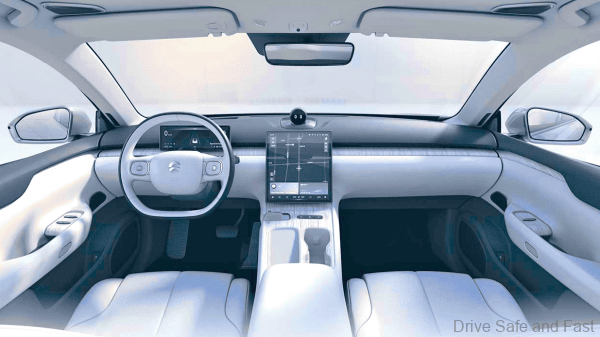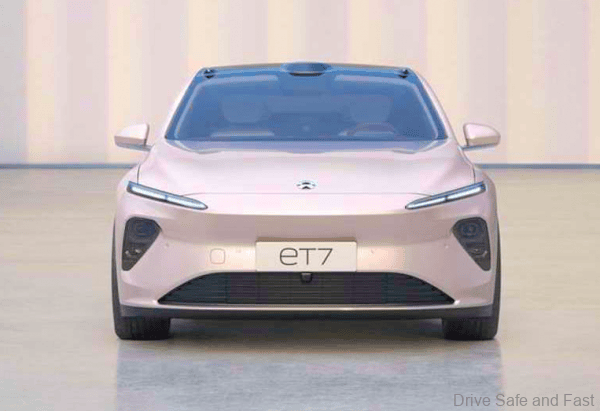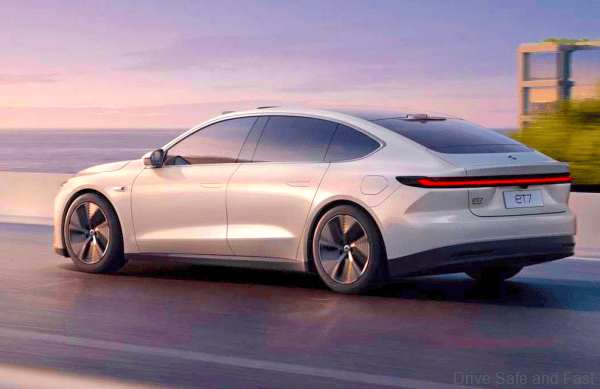This is next generation electric vehicle lithium iron battery.
Earlier this month Chinese electric vehicle manufacturer Nio unveiled it all new ET7 sedan for release in early 2022. It was shared that this latest electric vehicle (EV) from Nio would use a low-cost lithium iron phosphate (LFP) battery instead of a ternary lithium-ion battery.

The new battery and the current battery for Nio EV’s come from its long-time supplier CATL. Meanwhile in July this year, CATL unveiled a sodium-ion battery (to reduce Cobalt mining), saying it planned to set up a supply chain for the new technology in 2023.
As electric vehicles become increasingly popular, demand for key battery ingredients, particularly cobalt, has risen substantially. This has pushed EV car and battery makers to seek alternatives to the current three main technologies, which is nickel-cobalt-aluminium (NCA), nickel-cobalt-manganese (NCM) and lithium iron phosphate (LFP) batteries. The sodium-ion batteries do not contain lithium, cobalt or nickel.
However, it seems as the issues surrounding cobalt mining rises with shoddy mining practices with mines in Africa which incidentally are mostly run by Chinese owned mining companies and this is why EV manufacturer Nio has today officially released a ternary lithium iron battery (75kwh).
This latest battery innovatively adopts the mixed arrangement of ternary lithium and lithium iron phosphate batteries and applies the new generation CTP (cell to pack) technology. It is the world’s first dual system power estimation, with ten patents and patent applications.
Most EVs today mostly have lithium NMCbattery packs (where NMC stands for Nickel, Manganese, and Cobalt). They are also called ternary lithium batteries which in a round about way is actually very much the same. NMC packs have many advantages which is mainly its high energy density.
Also, there has been a shift towards LFP battery (lithium iron phosphate because it is cobalt-free. EV manufacturers like Tesla and Xpeng are already switching to LFP batteries.
However, these batteries are not suitable for flagship EVs because of their lower energy density and poor acceleration.
So, lets look at some of the benefits and features of this new EV battery.
Low-temperature performance
The low-temperature endurance loss of the ternary lithium iron standard battery pack (75kwh) is reduced by 25 percent compared with the lithium iron phosphate battery pack.
State of Charge estimation capability
The state of charge estimation system of ternary lithium-iron battery pack independently developed by Nio combines the innovation of software algorithm and hardware application to reduce the SOC estimation error to less than 3 percent, reaching the level of ternary lithium battery.
Battery attenuation cycle
In the first year of the service cycle, the battery attenuation of ternary lithium iron standard battery pack (75kwh) will be slightly higher than that of the original ternary lithium 70kwh battery pack; In terms of medium and long-term use, the attenuation degree of the two batteries is the same, and they are better than the traditional lithium iron phosphate battery as a whole.





